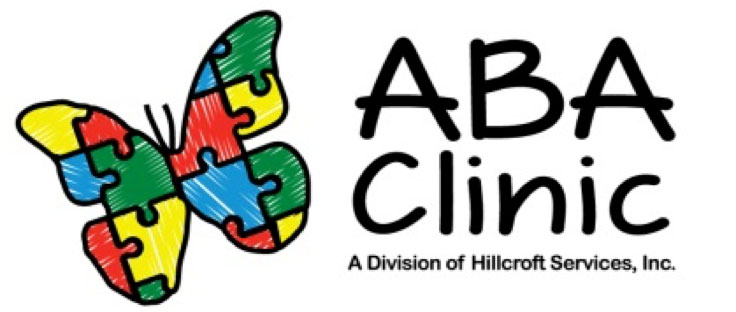Applied Behavior Analysis (ABA)
Autism spectrum disorder affects approximately 1 in 54 children in the United States, according to the National Autism Association. The rate of autism has increased over the last 20 years as doctors have gotten better at diagnosing and awareness of early warning signs has grown. Still, many parents are not aware of life-changing interventions like ABA therapy, which has been shown to significantly benefit children with autism.
Applied Behavior Analysis (ABA) is a type of interpersonal therapy in which a child works with a practitioner one-on-one. The goal of ABA is to improve social skills by using interventions that are based on principles of learning theory. This type of therapy focuses on improving specific behaviors, such as social skills, communication, reading, and academics as well as adaptive learning skills such as fine motor dexterity, personal hygiene, and grooming skills.
Verbal Behavior (VB)
Verbal Behavior therapy uses similar concepts to Applied Behavioral Analysis. It is a method of teaching communication to people who have not yet acquired language using operant conditioning. It consists of four “contingencies”: Motivational Operation, Discriminating Stimulus, Response and Reinforcement. These four factors ensure that students are motivated to acquire language to meet their needs. Some examples of the verbal operants are:
- Mand: Asking for reinforcers that you want. Ex: Saying shoe because you want a shoe to go outside
- Tact: Naming or identifying objects, actions, or event using any of your five senses. Ex: Saying Shoe because you see your shoes.
- Intraverbal: Answering questions having conversations where your words are controlled by other words. Saying, “shoes” because someone else says, “What do you wear on your feet?”
- Listener: following instructions or complying with the mands of others. Getting one’s shoes when told, “Get your shoes”
- Echoic: Repeating what is heard. Saying “shoes” after someone else says “shoes”
- Imitation: Copying someone’s motor movements (as they relate to sign language). Tapping your fists together after someone else taps their fists together (the sign for “shoes”).
